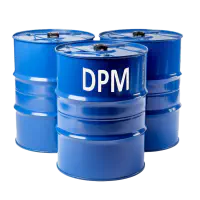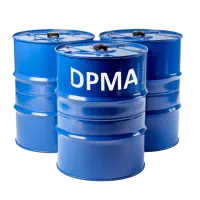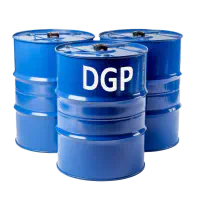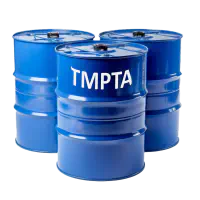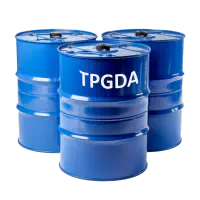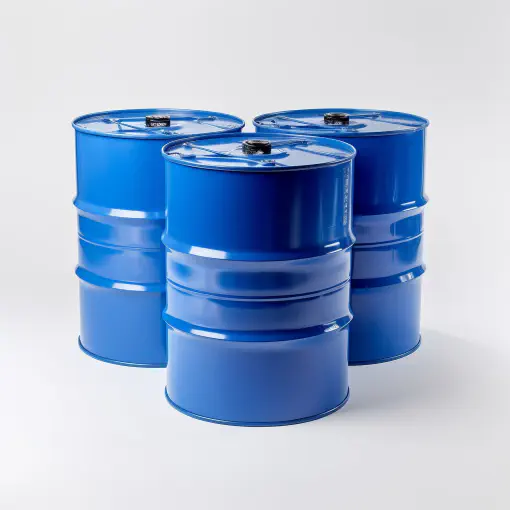
Industrial solvents are substances used to dissolve, dilute, or suspend other materials in industrial processes, including cleaning, degreasing, and manufacturing. They play a vital role in various industries, such as pharmaceuticals, paints, and chemicals, facilitating processes like extraction, purification, and formulation.

